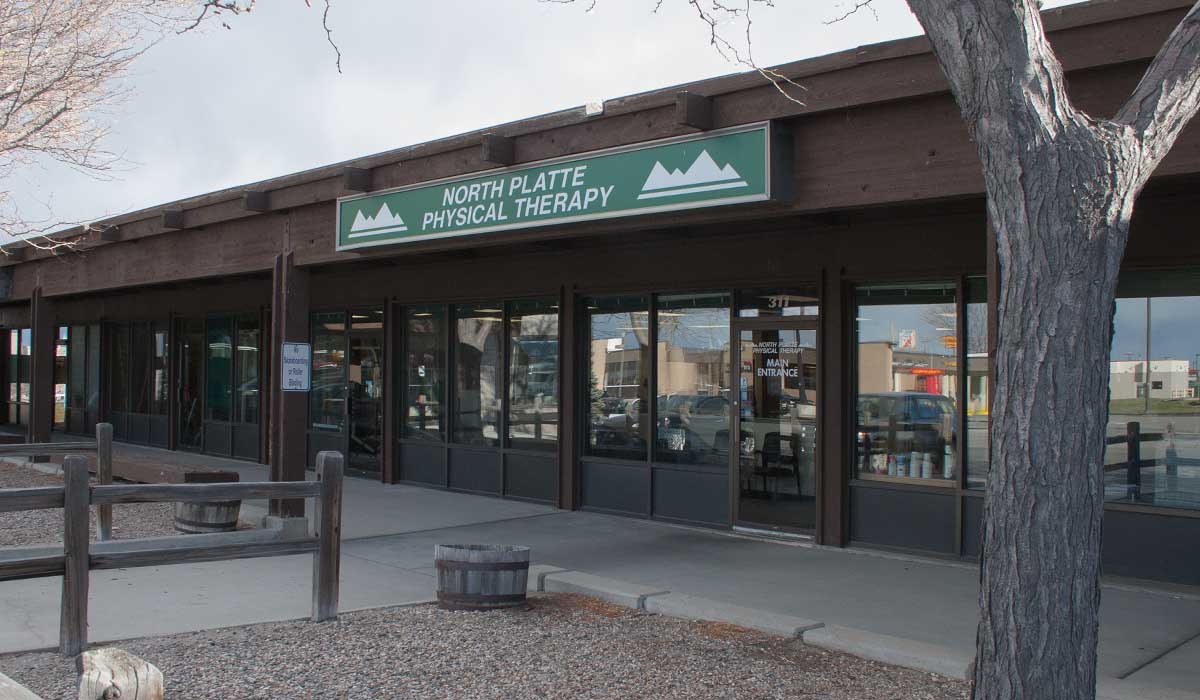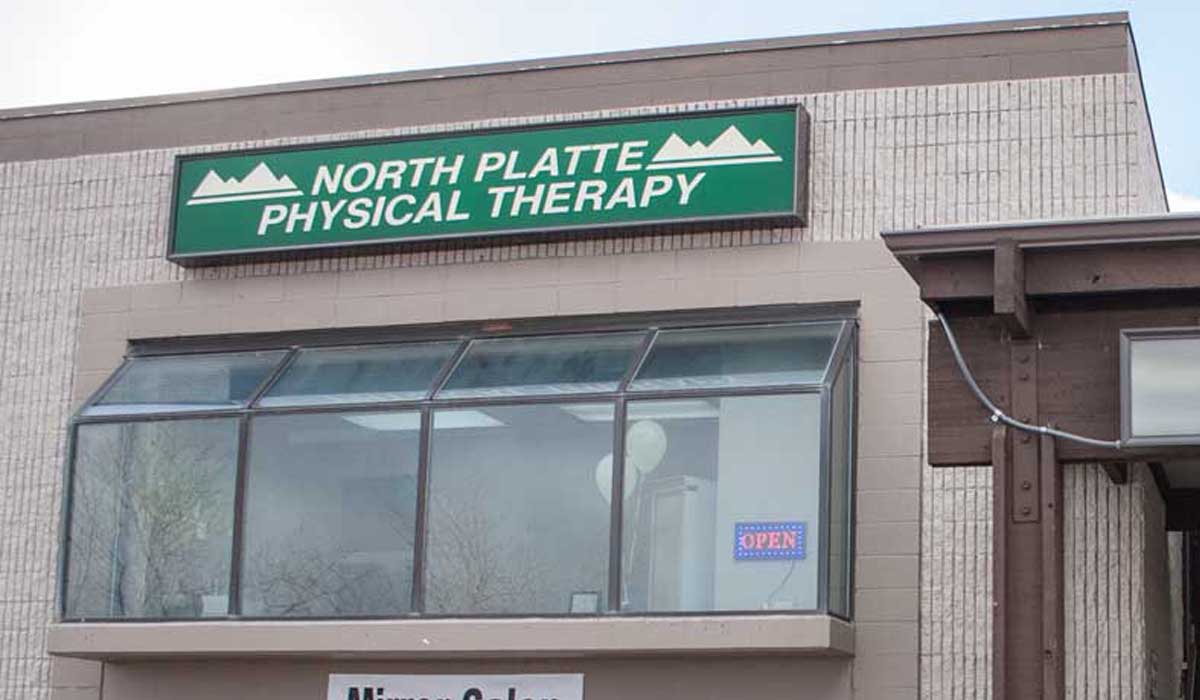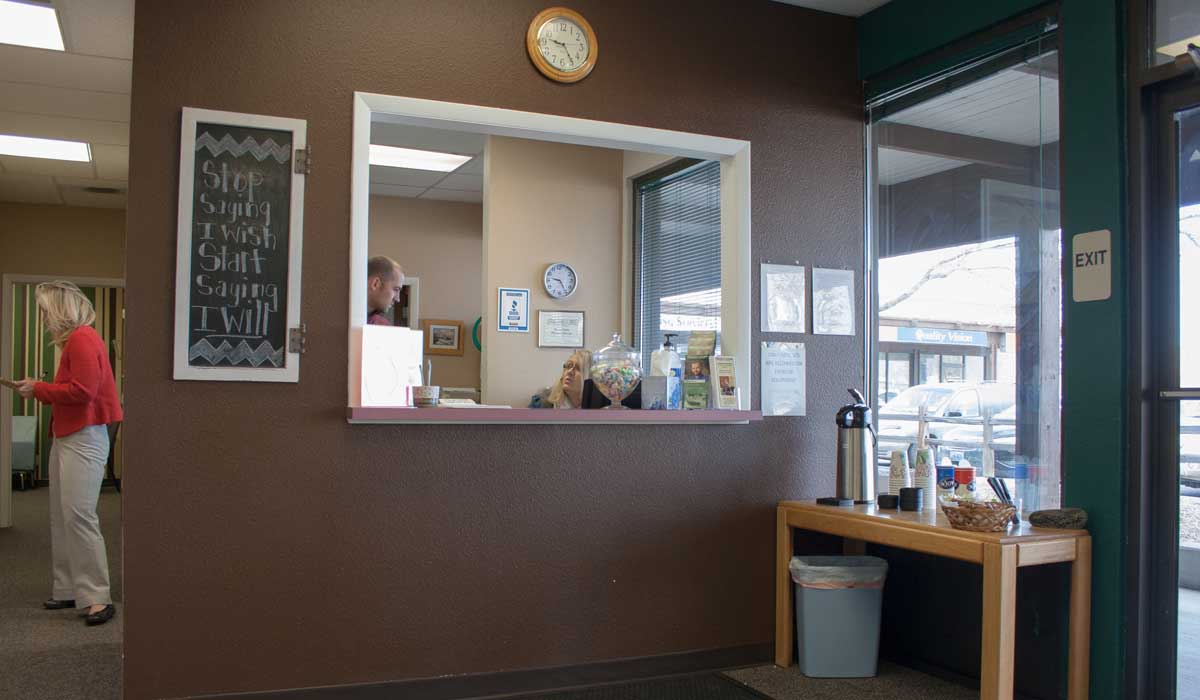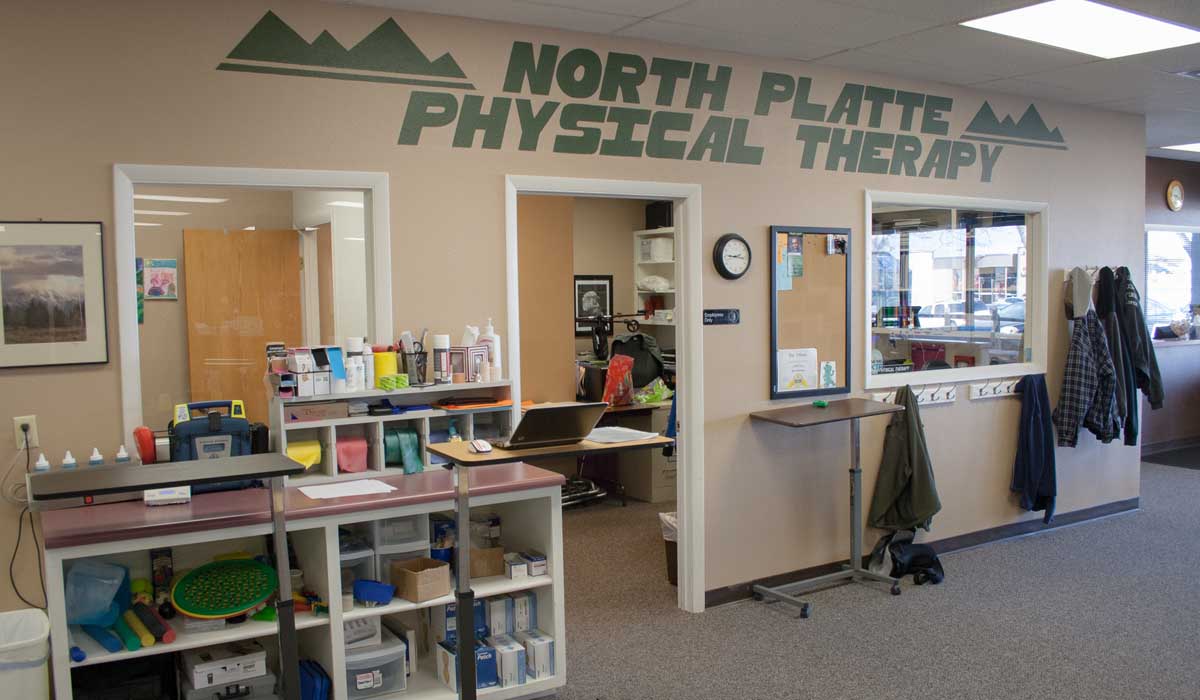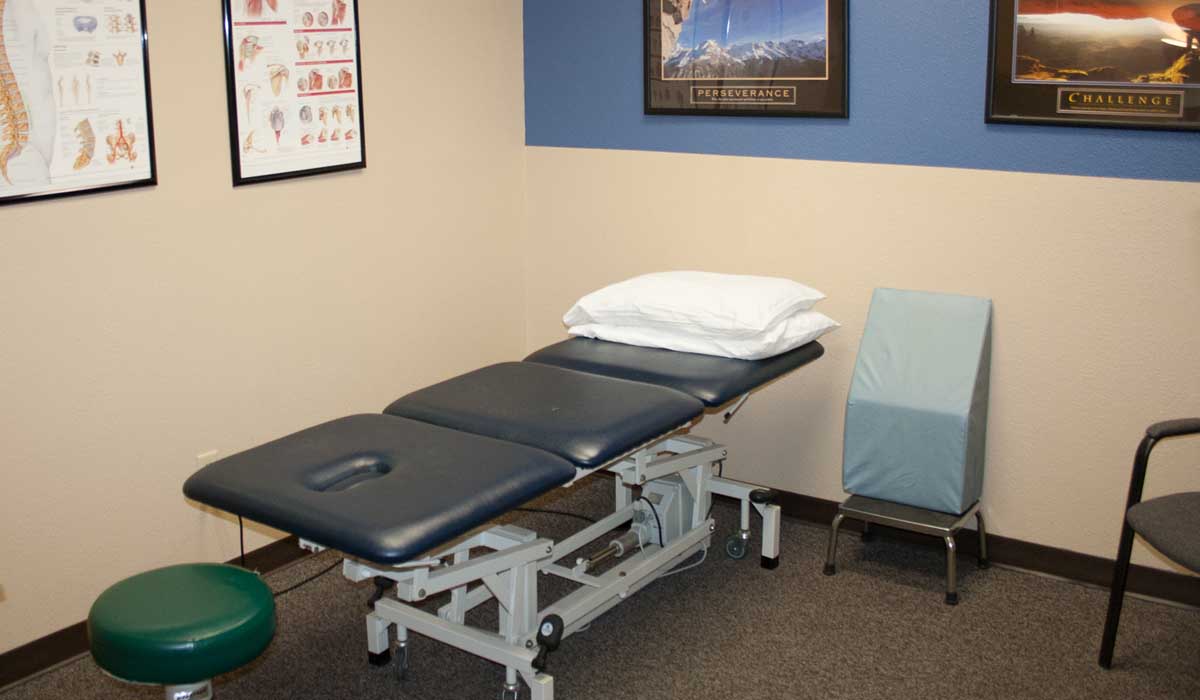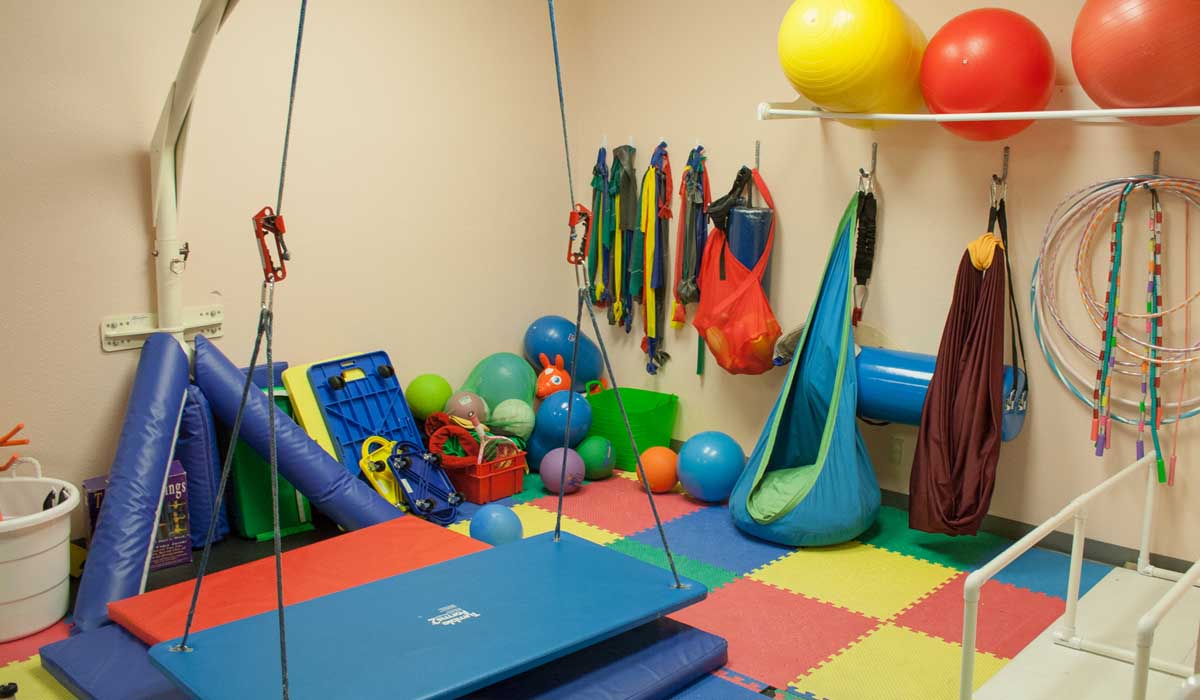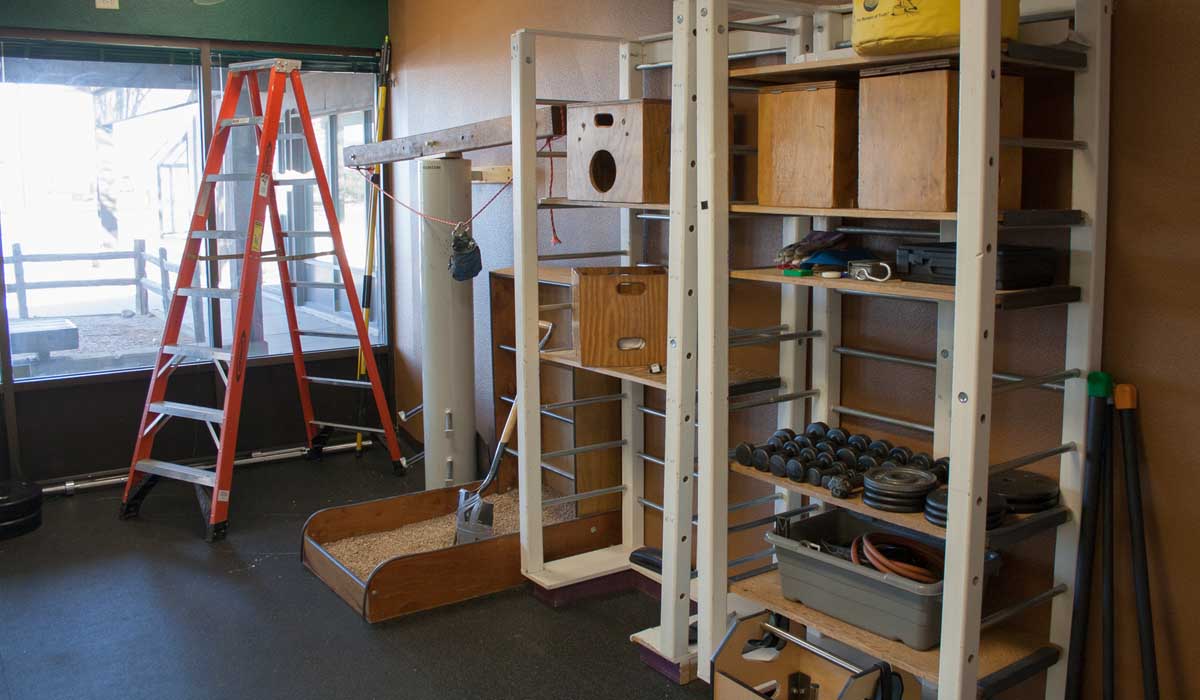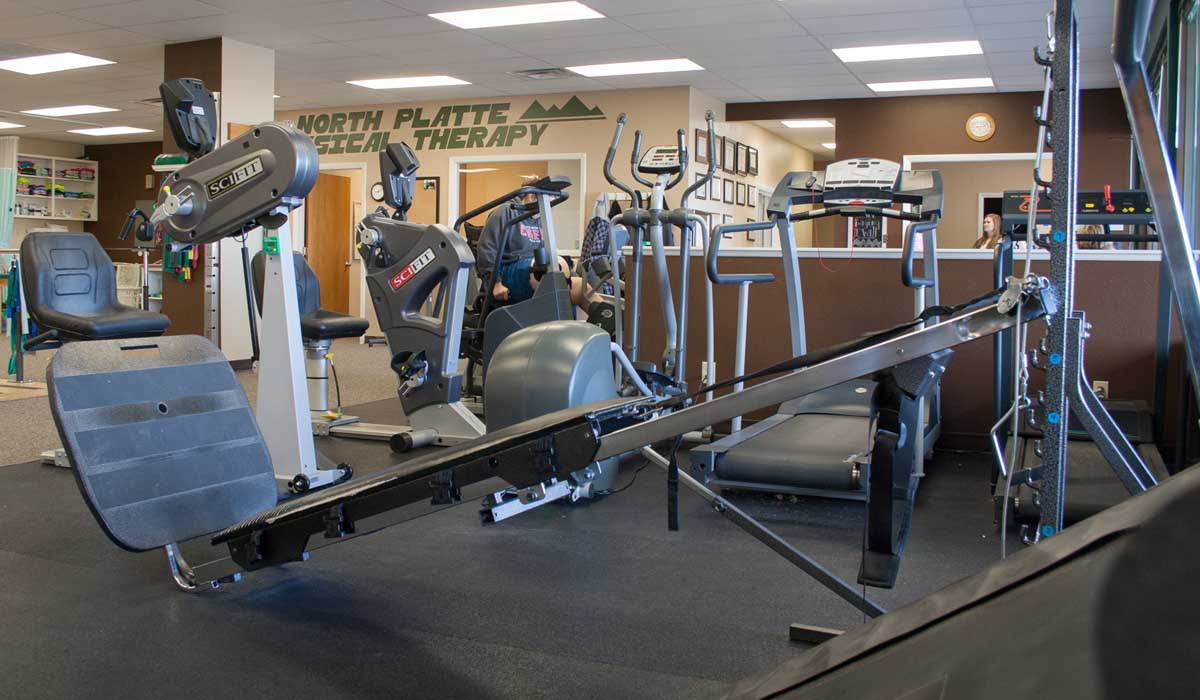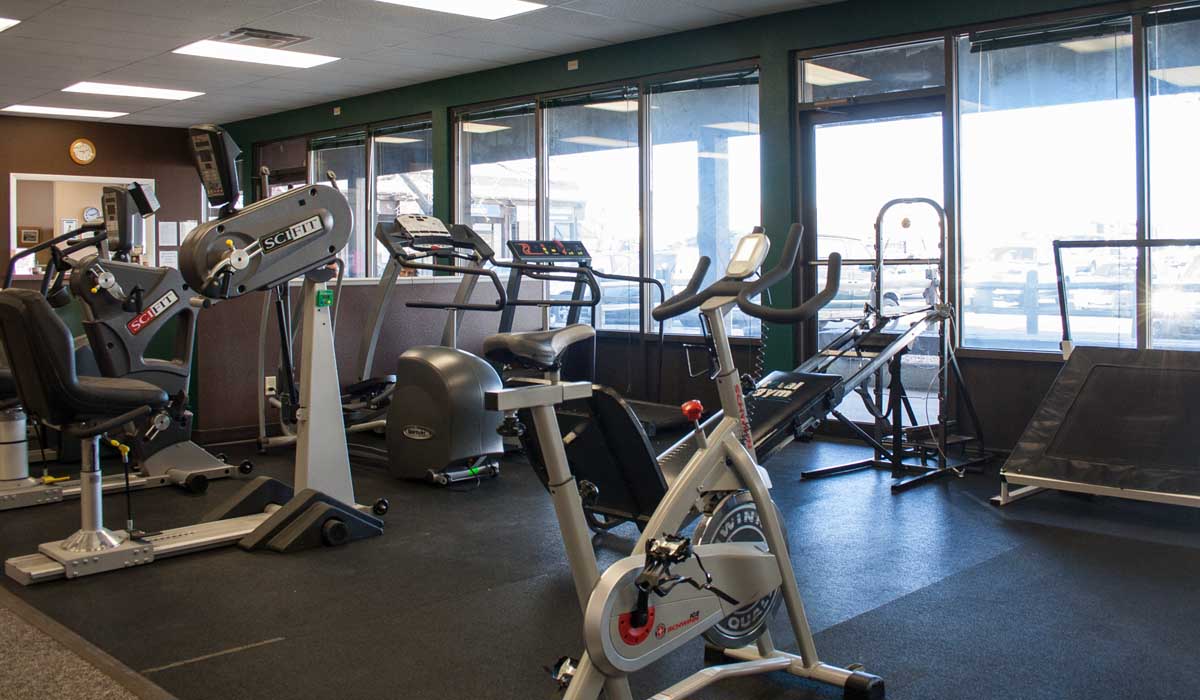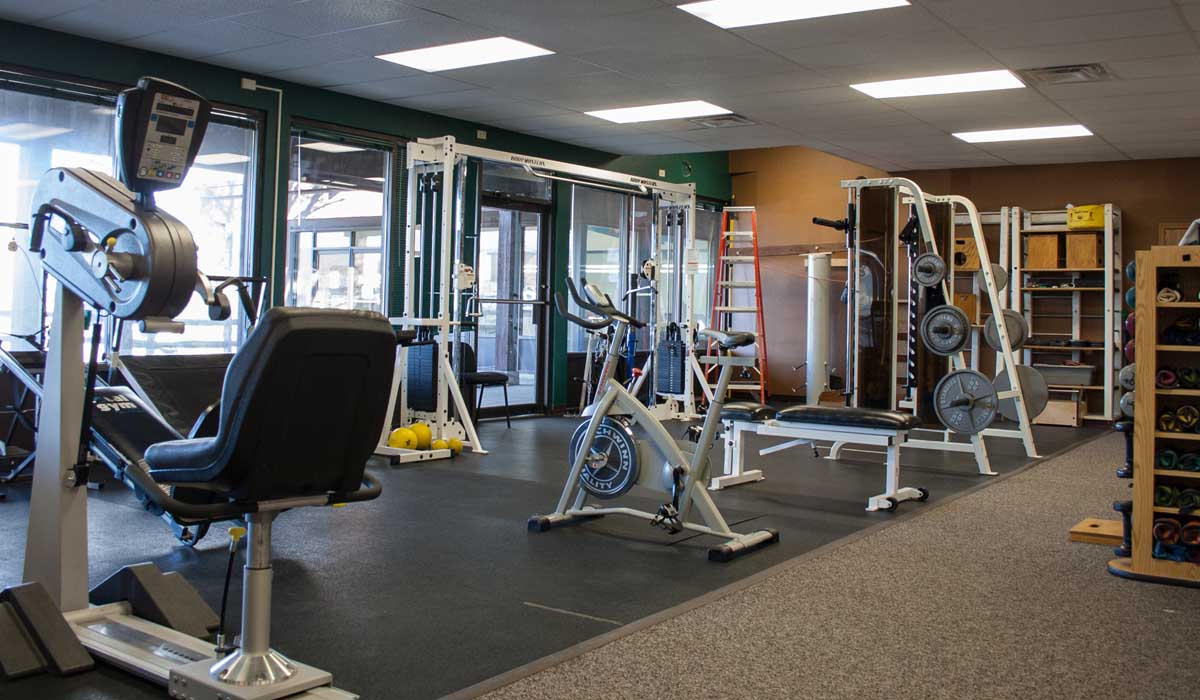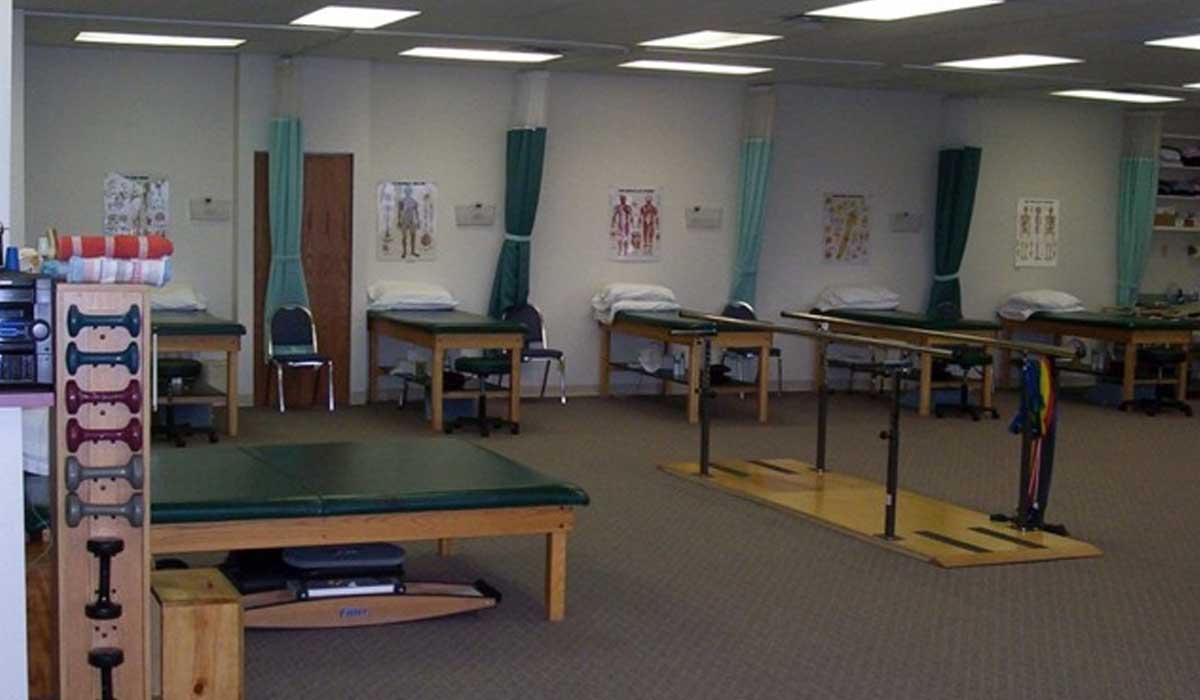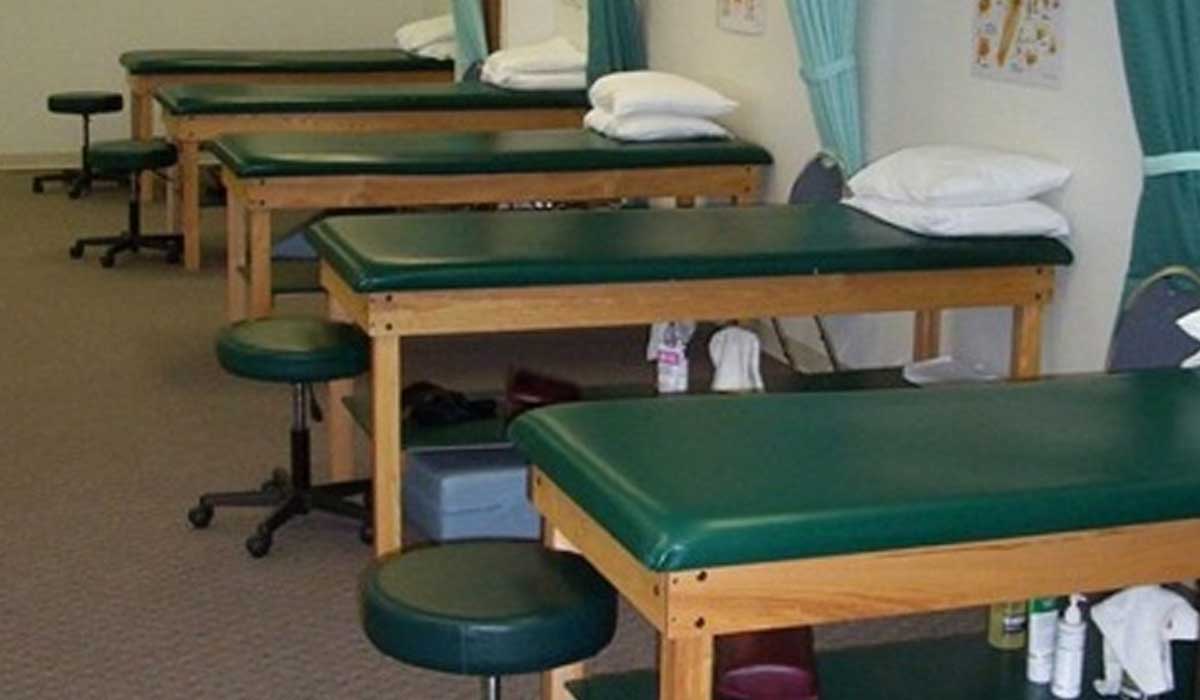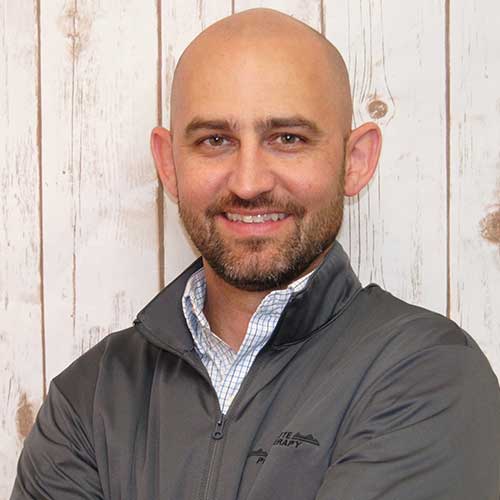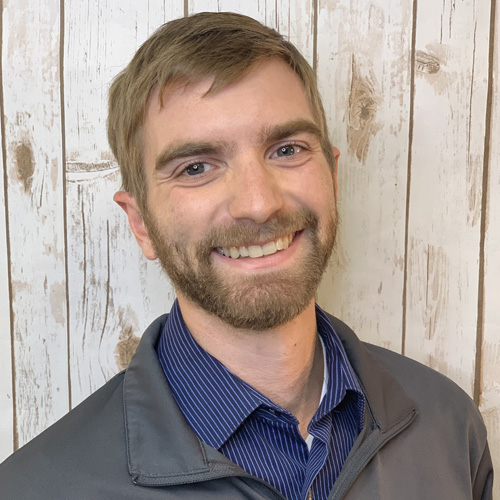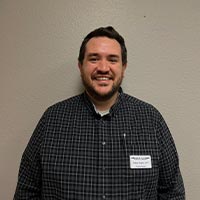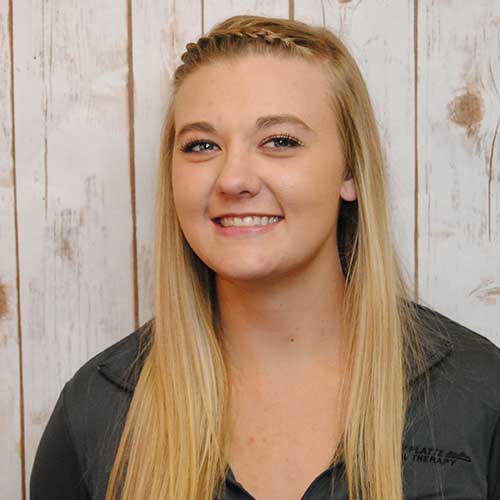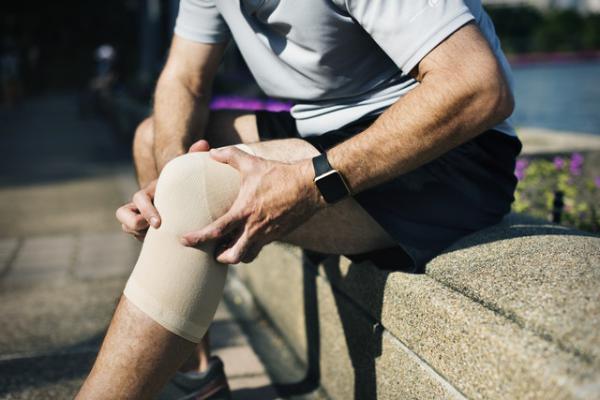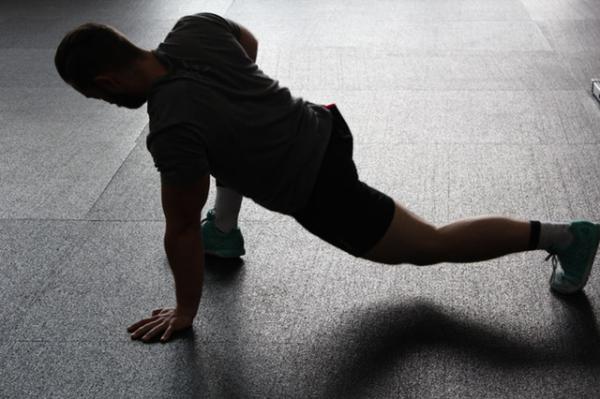North Platte Physical Therapy - Casper (East)
North Platte Physical Therapy, an integral part of the Casper community since 1997, opened a second location in 2010 in order to provide more convenient therapy options for Casper and the surrounding areas.
We offer a variety of treatment techniques to provide the therapy each patient needs to achieve success. Each patient is given the time needed in each therapy session to achieve evidence-based goals and improve his or her quality of life – no time limit is ever imposed on any patient.
Therapists at NPPT provide cost-effective, professional, fun, energetic care, and our patients benefit from team-oriented, supportive, and knowledgeable staff. We excel in therapy for sports injuries, work injuries, pre- and post-surgical rehabilitation, pain management for back and neck pain, headaches, etc., as well as in wound care, orthotics, sports conditioning and aquatic therapy. NPPT also provides pre-employment screenings, back-to-work physicals and functional capacity exams. Many NPPT therapists are certified or specialize in trigger point dry needling, aquatic therapy, orthopedic manual therapy, hand therapy, and kinesio taping, and are board certified orthopedic clinical specialists.
At North Platte Physical Therapy Casper, we provide the highest quality physical therapy in a welcoming and positive environment and are committed to superior customer service.
Location Details
Address: 311 Thelma Drive, Casper, WY 82609
Hours: Mon - Fri: 7AM - 6PM
Fax: 307-234-8810
Interested in scheduling at our West location? View Casper West Details
Services Offered
- Arthritis Pain
- Back Pain
- Back School Presentations
- Balance and Vestibular Rehab
- Biofeedback
- Biomechanical Gait Analysis
- Body Mechanics Training
- Chronic Pain
- Cupping Therapy
- Custom Foot Orthotics
- Custom Splinting
- Fine Motor Dexterity
- Functional Capacity Evaluations
- Graston Techniques
- Hand Therapy
- Headache
- Kinesio taping
- Modalities
- Myofacial Techniques
- Neck Pain
- Neurological Services
- Orthotic Fabrication
- Orthopedic Service
- Pediatric Therapy
- Pool Therapy
- Post Cancer Treatment
- Pre/Post Surgical Rehab
- Pre-employment Screening
- Return to Work Screening
- Return to sport exercise programs
- Running Injuries
- Self-care skills
- Sensory Integration
- SFMA - Selective Functional Movement Assessment
- Spine Care
- Sports Medicine
- Stroke Rehabiliation
- Tendonitis
- TMJ
- Torticollis
- Trigger Point Dry Needling
- Vestibular Rehabiliation
- Women's Health
- Work Hardening/Conditioning
- Work Injuries
- Worksaver Certified Work Physicals
- Wound Care
Latest News & Info
When to Use Ice Versus Heat for Injuries
October 10, 2018
Let’s take a look at when you should be using ice versus heat.
Use Heat for Muscle Pain or Stiffness
There are two different types of heat you can use for muscle pain or stiffness: dry heat and moist heat. If you have ever used a heating pad, then you know how easy it is to apply dry heat. Moist heat can come from a source such as a steaming towel or a hot bath.There is also heat from an ultrasound, which can be highly effective. Sitting in a sauna is another option.
Heat therapy can soothe muscles and damaged tissue because it increases blood flow and temperature in the area, which promotes healing. Be sure you are using warm heat rather than hot.
Be sure you do not use heat therapy for the following:
- There is a bruise or burn in the affected area.
- There is a pre-existing condition such as diabetes, dermatitis, multiple sclerosis, or vascular disease that can be negatively affected by the heat.
- If you are pregnant, use of a hot tub or sauna for heat therapy is not recommended.
Use Ice for Injuries, Pain, Inflammation, and Swelling
Cold therapy does the opposite of heat therapy in that it draws blood flow away from the affected area. This can help reduce swelling and inflammation. It also numbs the area, temporarily relieving pain.You can purchase ice packs at the drugstore, which you keep in the freezer to use when needed. They come in all different kinds of shapes and sizes.
There are also coolant sprays available. Ice baths are another option that athletes often use to reduce potential swelling after a particularly tough workout.
Don’t use cold therapy if you have sensory disorders or poor circulation.
Never apply a cold pack directly to the skin; wrap it first in a towel or cloth or it can damage the skin and tissues.
Cold therapy is most effective when it is used several times throughout the day for 10 to 15 minutes at a time, applied to the affected area.
If you need more information about treating pain or injuries with ice or heat, give us a call today. North Platte is your go-to local physical therapist in Douglas, WY to provide the services that will get you feeling better and stronger. Our expert staff is respected throughout the Wyoming and Nebraska areas for providing superior and customized physical therapy services. We can handle any of your physical therapy needs. Fill out our contact form to get started and to find a location near you.
Â
Casper Physical Therapy Tips to Combat Sedentary Lifestyles
October 3, 2018
Take Frequent Walking Breaks
It’s easy to sit at your desk hour after hour without getting up, but frequent walking breaks is good for your health. Instead of instant messaging someone in your office, get up and walk to speak face-to-face. If you forget to get up, get one of the popular fitness trackers on the market and set up reminders to get up for a few minutes every hour or so. (These trackers can also help make sure you get a minimum number of steps in each day.)Take the Stairs
If you have the opportunity to choose the stairs or an elevator, always take the stairs. Stair-climbing burns a lot of calories—and it is good for your heart.Stand Up When You Can
When you are a phone call stand up and walk around, if possible. Or ask your company to invest in a standing desk for you. Most of them are affordable and adjustable so you can move back and forth between sitting and standing.Drink Plenty of Water
Staying hydrated is good for your body—and it will mean more frequent trips to the restroom, which will get you moving more. If you are wondering just how much water is enough, take a look at this article: How Much Water Should You Drink Each Day?Park Far Away
Don’t look for the closest parking spot; find one that will force you to walk a bit farther—whether you are at the office or the mall. This is a good way to incorporate more walking into your day.Hit the Gym or the Trail
If you aren’t already working out, make it a part of your normal routine. You don’t need to spend hours each day at the gym or run 10 miles at a time to benefit. Even just 20 minutes a day will go a long way toward improving your health.If you can incorporate the above tips into your life, you will be well on your way to staying in motion, which is crucial for your overall wellbeing.
Contact North Platte Physical Therapy to learn more about the effects a sedentary lifestyle can have on your body. Our staff is admired throughout the Wyoming and Nebraska areas because of our commitment to our clients. We can fulfill comprehensive physical therapy services, and we are happy to customize a treatment plan that can help you go to your job every day without serious health ramifications. Give us a call!
Â
Advice on Warming Up Versus Stretching Before Your Workout
September 26, 2018
The Difference Between Stretching and Warming Up
Warming up is the act of increasing your core temperature and getting blood to flow to your muscles. Stretching is designed to help increase your flexibility as well as your range of motion. Warming up should be done before your workout whereas stretching should be done afterward—or when you body is already warm.Read what the experts at Fitness Magazine have to say about getting your body warmed up prior to a workout in this article: The 5-Minute Warm-Up You Need Before Any Workout.
The Benefits of Stretching and Warming Up
Warming up—When you warm up before working out, you increase your heart rate, which means your muscles get more blood and oxygen. It also raises your body temperature so that your muscles and tendons will work better during strenuous exercise. If you have any tightness in your muscles before working out, a warmup will help decrease that. It will also improve your range of motion.Most experts recommend that you warm up the muscles you plan to focus on during your workout. For instance, if you are at the gym to do back squats, air squats should be part of your pre-workout warmup routine.
Stretching—It’s best to stretch when your body is already warmed up, so it often makes the most sense to stretch after your workout rather than before. Stretching will help increase flexibility, which can decrease your chance of feeling pain—after a workout or on a daily basis. Stretching one part of the body often impacts another part. For example, if you stretch the hamstring area regularly, this can lessen the chance that you’ll have a sore back from sitting at a computer all day.Â
Whether you are a serious athlete or a weekend warrior, injury prevention means that you can enjoy your activities rather than sit on the bench. Be sure to warm up and stretch every time you work out.
Find out more about the importance of stretching and warming up, as well as Sportsmetrics, which is a scientifically proven program designed to help prevent serious knee injuries, by contacting our office.
If you have suffered an injury and want to add physical therapy to your routine, North Platte is your go-to local physical therapist in Cheyenne, WY to provide the services that will get you feeling better and stronger. Our expert staff is respected throughout the Wyoming and Nebraska areas for providing superior and customized physical therapy services. We can handle any of your physical therapy needs. Fill out our contact form to get started and to find a location near you.
Â
